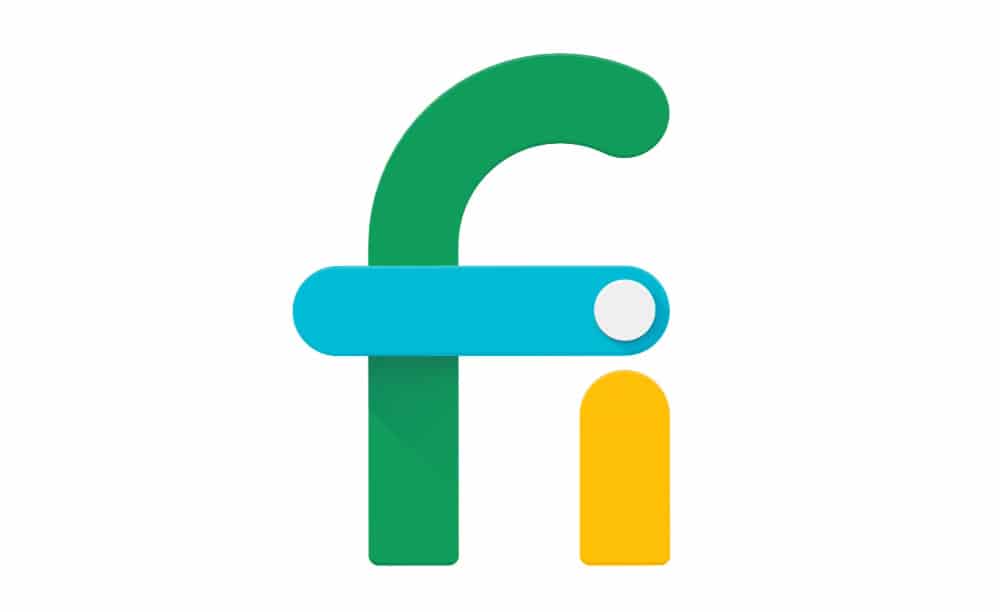This Is Google’s Wireless Service: Project Fi
3 min read
It’s been long rumored that Google has been working on their own wireless service for quite some time now. No one knew exactly when or where it would be announced, but tech experts have been basically all but confirming it. Earlier yesterday, Google took to their official blog to announce they were finally ready to reveal exactly what they’d been working on, as well as gave us a small glimpse into how the service would run.
Internally, the wireless service is being referred to as Project Fi and could be just the thing the wireless industry needs. While I wouldn’t call it ‘disruptive’ or ‘revolutionary’ just yet, Google does have the groundwork laid for a potentially serious threat to the status quo in the wireless business. Better competition leads to better pricing and more aggressive promotions between carriers to keep customers from jumping from network to network. Project Fi isn’t going to replace your wireless carrier, but with enough focus and improvement, over time it will.
The meat and bones of Project Fi is very simple. Google will piggyback off of Sprint and T-Mobile’s 4G LTE networks (where available) for wireless coverage. WiFi will be your primary connection though, as to help reduce the strain on the wireless network. While in WiFi range calls, texts, and data will work flawlessly, and should you ever leave the WiFi connection your phone is hooked up to, Project Fi will seamlessly transition from said WiFi to a mobile network on the fly. Google says with Project Fi, you’ll have access to millions of free WiFi hotspots all over the country, and while connected to these access points ,all data is safe thanks to data encryption. As far as the networks are concerned, if you happen to be connected to Sprint’s 4G network and your phone detects T-Mobile’s network is faster where you’re at, it’ll auto-switch between the two networks to ensure you’re on the fastest connection available. In theory this sounds great, but I’d have to check it out for myself before I bought in.
Currently, the Nexus 6 is the only phone that is capable of being used with Project Fi. If you already have one, you’re all set, and all you need to do is request an early access code. If not, then you have 2 buying options available from Google to choose from. The first option is to pay full price for the device ($649.99 for the 32GB model or $699.99 for the 64GB), or purchase the device under an installment plan and pay it off over the course of 24 months. If you choose the latter, a credit check will be used to determine eligibility for that specific program, while buying the device out right doesn’t require anything but cash.
Now for the important part: How much does it all cost? This is quite possibly the simplest part of the whole outfit, and Google has a really competitive pricing structure established. ALL plans will include unlimited calls and text at a base rate of $20 and your data will set you back $10 for every GB of data you think you’ll need. So if you’re a small-time user and will only need 1GB of data, guess what? Your plan is only $30 a month. If you’re a heavy duty user and you burn through 6GB a month, then you’d be looking at $80 a month. Compare that to Verizon’s More everything plan at 6GB and you’d be looking at $85 plus installment, or $110 a month if you did a 2 year agreement. AT&T would tax you at $95 plus installment (or for Pre-Owned device customers), or the same $110 month with a 2 year deal. Add that to the fact that Google also promises to never have you pay for data you don’t use, and you have a pretty solid start for something that could be massively successful.
Google is running a sign-up for early access to this program, so if you want in, head on over to the official Project Fi page to get started.






